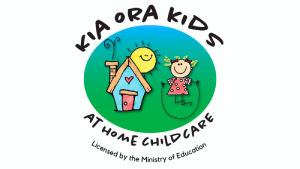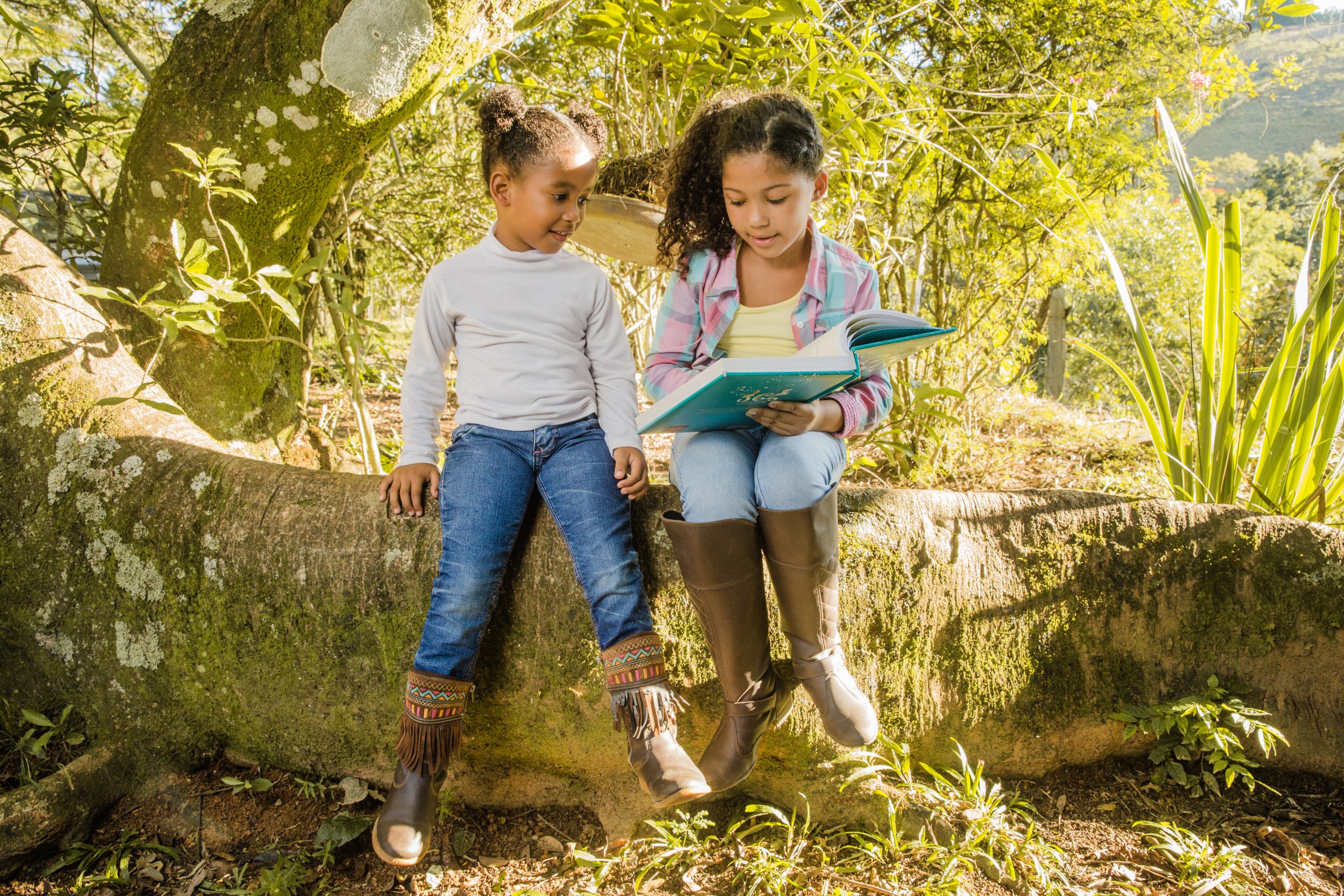As a parent or home-based childcare provider, you want to give children the best possible start in life. But with so many teaching methods, philosophies, and curricula out there, it’s easy to feel overwhelmed. So let’s go back to the basics: what kind of curriculum do children really need?
In New Zealand, a groundbreaking early childhood curriculum called Te Whāriki offers a compelling answer. Designed to reflect the cultural richness and individuality of every child, Te Whāriki provides a flexible, empowering approach that is now influencing early education around the world.
In this guide, we’ll unpack what makes a curriculum truly child-centered and how you can apply its key ideas in your home or childcare setting.
What Is a Curriculum?
Before diving into what kind of curriculum children need, it’s important to redefine the term itself.
According to Te Whāriki, a curriculum isn’t just a set of lesson plans or milestones. Instead, it includes “all experiences, activities, and events—both planned and unplanned—that occur in an environment designed to support learning and development.” (NZ-MOE, 1996).
This means a curriculum should be
- Holistic—addressing physical, emotional, social, and cognitive needs.
- Contextual—shaped by the child’s culture, community, and family.
- Responsive—flexible enough to adapt to each child’s interests and needs.
In short, the best curriculum is one that grows with the child. Although Māori make up only about 10% of the population, Māori culture has profoundly influenced the Te Whāriki curriculum, including its worldview and perspectives on children. In Māori belief, children are valued members of the Māori world and serve as vital links between the past, future, family, and society (Nuttall, 2013). Children are not blank slates but capable and confident learners and communicators. Educating children means empowering each child using every possible method. Thus, education is not about molding children, but about empowering them.
Principle-Based Learning: The Four Cornerstones
Te Whāriki is built around four foundational principles. These can guide anyone—parent or home based childcare educator—in supporting meaningful, lifelong learning.
1. Empowerment (Whakamana)
Children should feel confident and capable in their learning journey. Empowerment means giving children the autonomy to explore, make decisions, and take initiative.
2. Holistic Development (Kotahitanga)
Children aren’t divided into “subjects.” Their emotional, physical, spiritual, and social development are all deeply connected.
3. Family and Community (Whānau Tangata)
Strong family and community involvement enhances learning. Children thrive when their education reflects their home lives and cultural values.
4. Relationships (Ngā Hononga)
Trusting, reciprocal relationships with caregivers and peers are essential for learning. Children learn best in environments where they feel safe, respected, and loved.
The Five Learning Strands: What Children Need to Flourish
In addition to the principles, Te Whāriki outlines five learning “strands”—broad areas of development that can guide everyday home based childcare learning activities.
-
Well-being (Mana Atua)—Ensuring children feel physically and emotionally secure.
-
Belonging (Mana Whenua)—Creating environments where children and families feel included and respected.
-
Contribution (Mana Tangata)—Supporting fairness and encouraging each child’s active participation.
-
Communication (Mana Reo)—Fostering language, storytelling, symbols, and cultural expression.
-
Exploration (Mana Aotūroa)—Encouraging curiosity, experimentation, and discovery.
These strands are not rigid categories but interconnected threads that weave through all learning experiences.
Learning Stories: Making Learning Visible
A standout feature of New Zealand’s curriculum is the use of learning stories—narrative assessments that describe moments of significance in a child’s learning journey (Carr & Lee, 2012).
These stories often include
- Observation (“Noticing”): A real moment in the child’s day—captured through text, photos, or video.
- Reflection (“Recognizing”): The educator’s or parent’s analysis of what the child is learning.
- Planning (“Responding”): Ideas for how to extend or support the child’s interests and strengths.
Unlike standardized tests, Learning Stories:
- Focus on what children can do, not what they can’t.
- Reflect authentic, meaningful experiences.
- Celebrate the child’s voice and individuality.
- Involve parents and children in the reflection process.
For home-based childcare educators, learning stories are a powerful way to document learning, plan next steps, and build stronger partnerships with families.
Why Te Whāriki Works for Home-Based Care
While designed for a national context, the flexibility of Te Whāriki makes it ideal for home-based educators and caregivers because
- It supports personalized, child-led learning.
- It values the daily rhythms and real-life tasks that happen at home.
- It encourages strong family connections and cultural identity.
- It treats every interaction as a learning opportunity—mealtimes, gardening, neighborhood walks, and more.
You don’t need expensive materials or formal lesson plans. What you need is the willingness to observe, reflect, respond—and respect the child as a capable learner.
Practical Tips: Bringing This Curriculum to Life at Home
Here are simple ways you can apply the principles of Te Whāriki in your home based childcare environment:
Create a Safe, Inviting Space
Children need to feel secure to take risks in learning. Keep routines predictable, but allow flexibility for spontaneous play and exploration.
Listen to the Child
Watch for what sparks their curiosity. Are they fascinated by bugs? Obsessed with water play? Use these interests as springboards for deeper learning.
Use Stories to Reflect
Write short observations of special learning moments. Add photos, drawings, or child quotes. Share these with parents—or if you’re a parent, reflect with your child.
Connect with Culture
Incorporate family traditions, songs, languages, and customs into daily routines. Celebrate what makes each child’s background unique.
Focus on Strengths
Build learning experiences around what children can do, not what they can’t. Affirm their efforts, curiosity, and resilience.
Final Thoughts: Learning That Belongs to Every Child
So, what kind of curriculum do children really need?
They need a curriculum that sees them as strong, capable, and worthy—one that grows from their interests, respects their culture, and supports their whole development. They need a curriculum like Te Whāriki—flexible, inclusive, and deeply human.
Whether you’re a parent or home based childcare educator, you have the power to weave your own learning mat, tailored to the unique needs of your child. All it takes is attention, reflection, and a belief in their potential.
References:
Carr, M., & Lee, W. (2012). Learning stories: Constructing learner identities in early education. London, England: SAGE Publications Ltd.
Nuttall, J. (Ed.). (2013). Weaving Te Whāriki: Aotearoa New Zealand’s early childhood curriculum document in theory and practice (3rd ed.). Wellington, New Zealand: NZCER Press.
NZ-MOE (1996). Te Whariki. He Whariki Matauranga mo nga Mokopuna o Aotearoa. Early Childhood Curriculum. Wellington: Learning Media.

